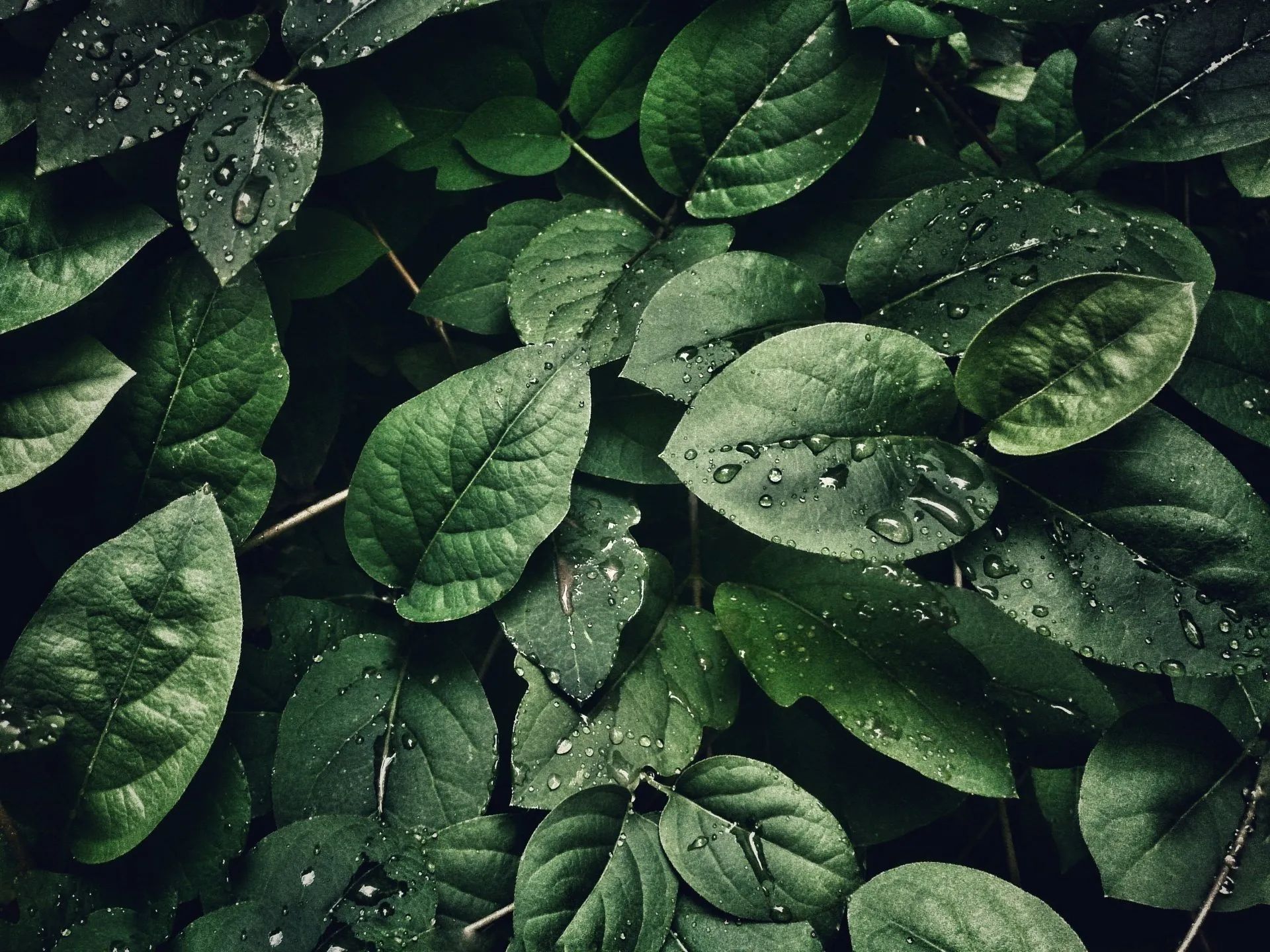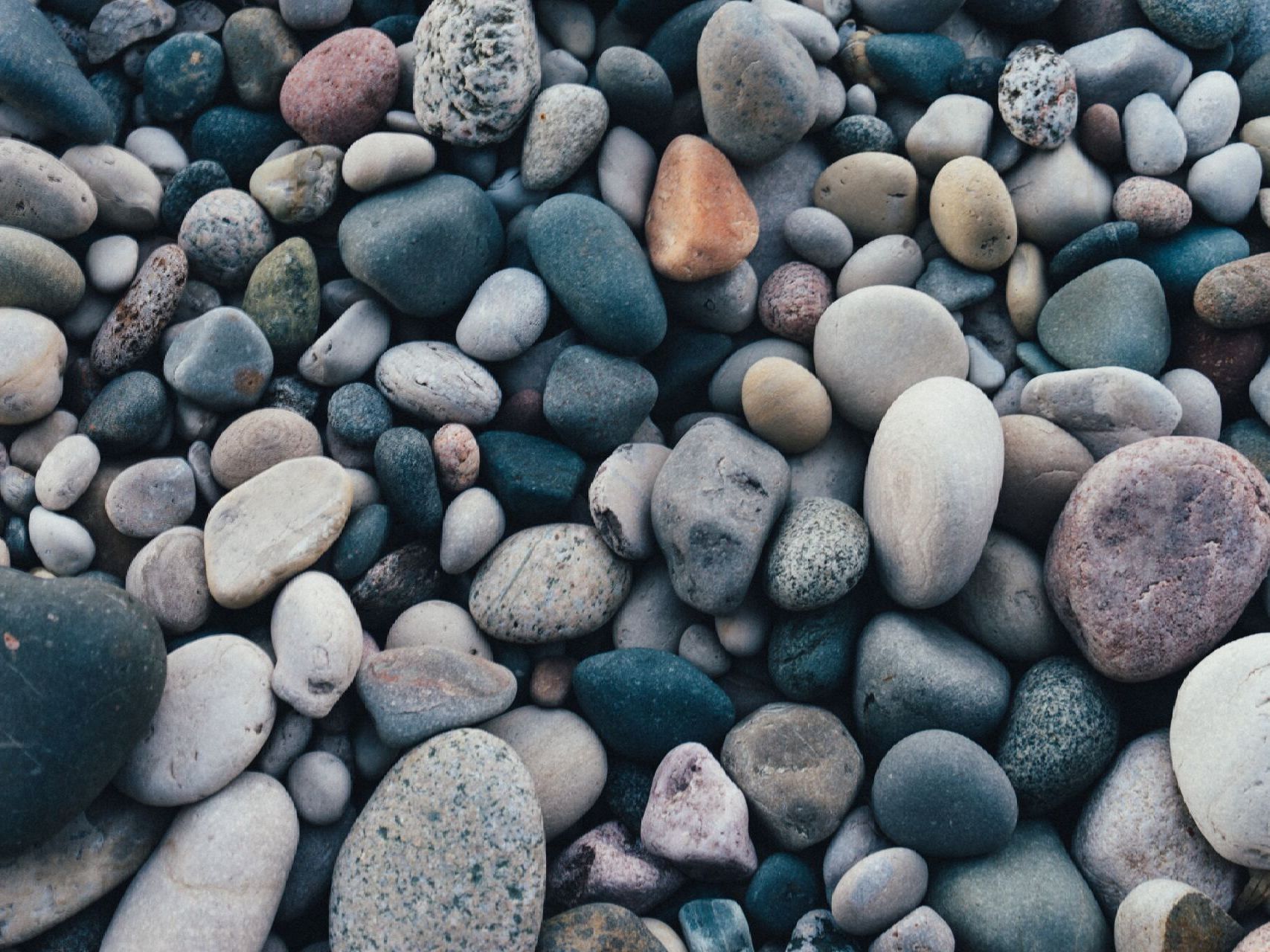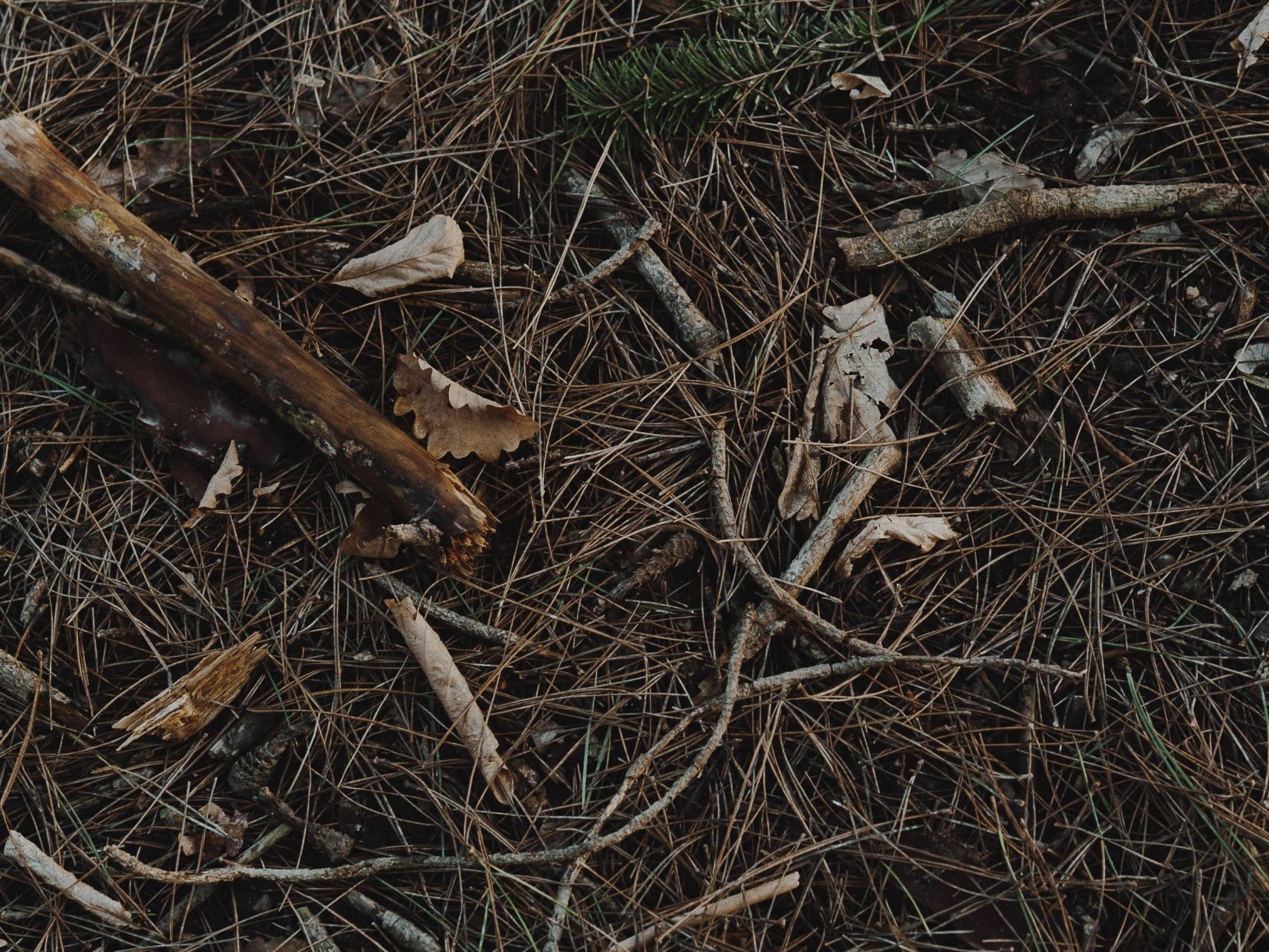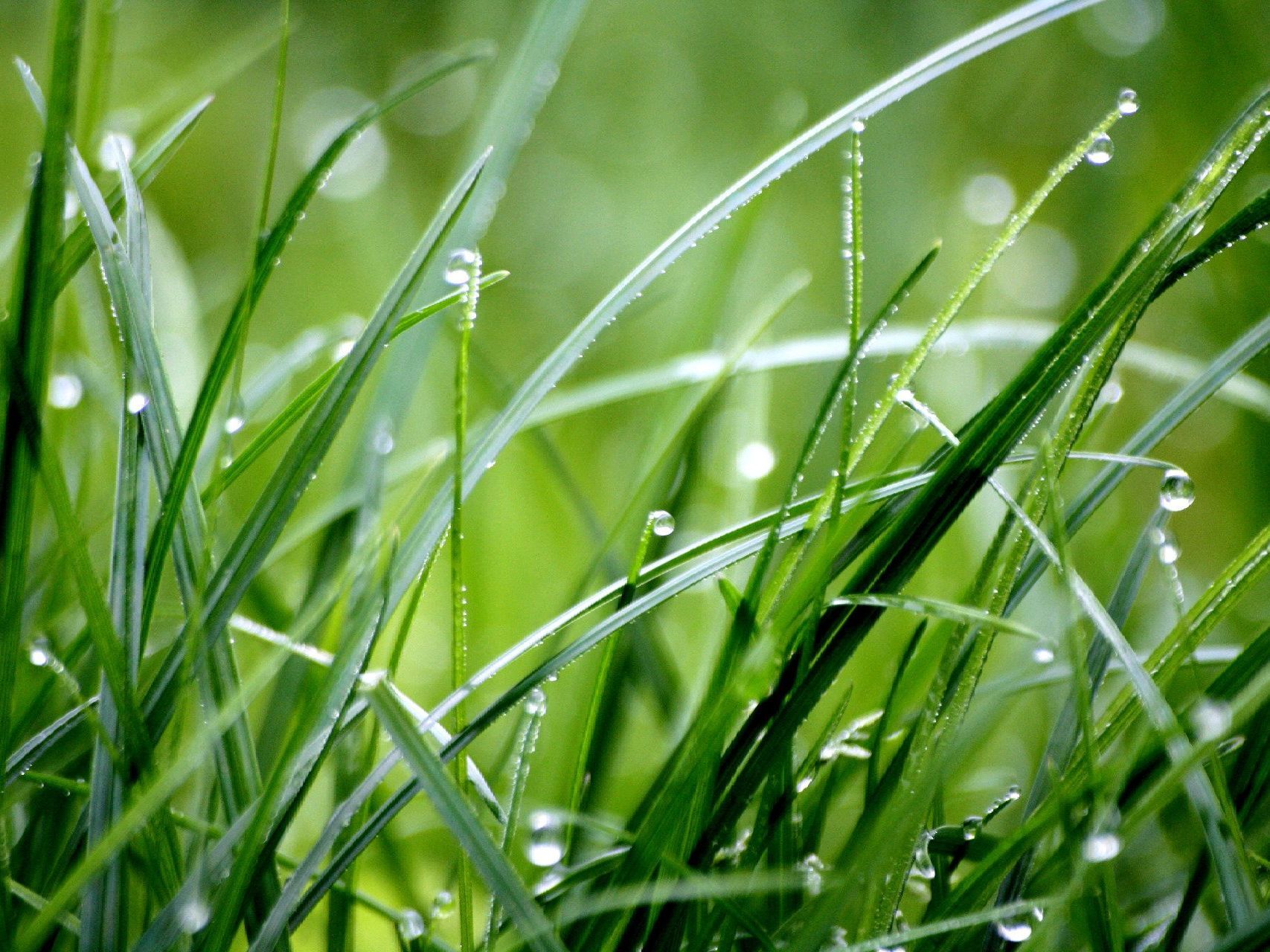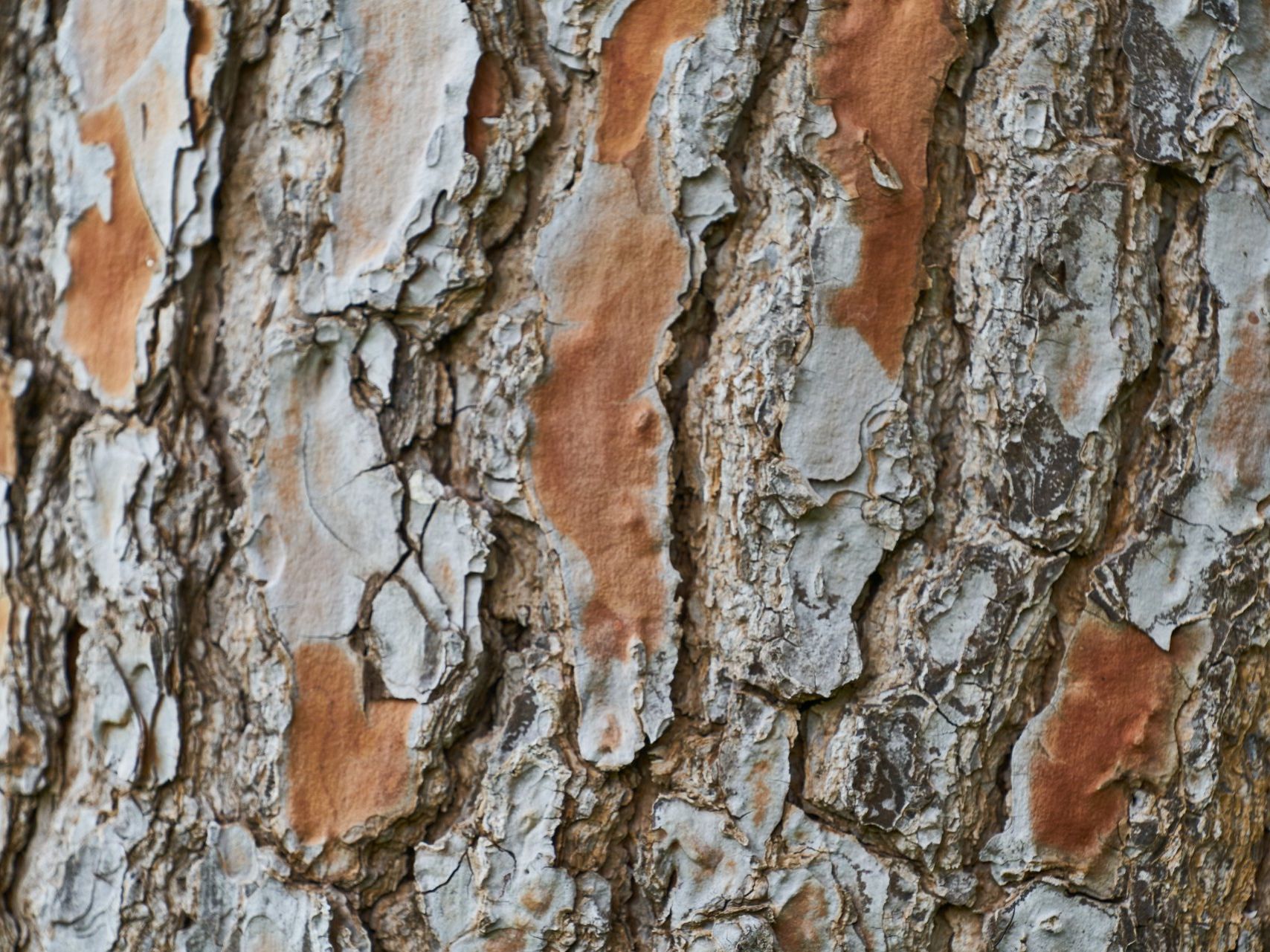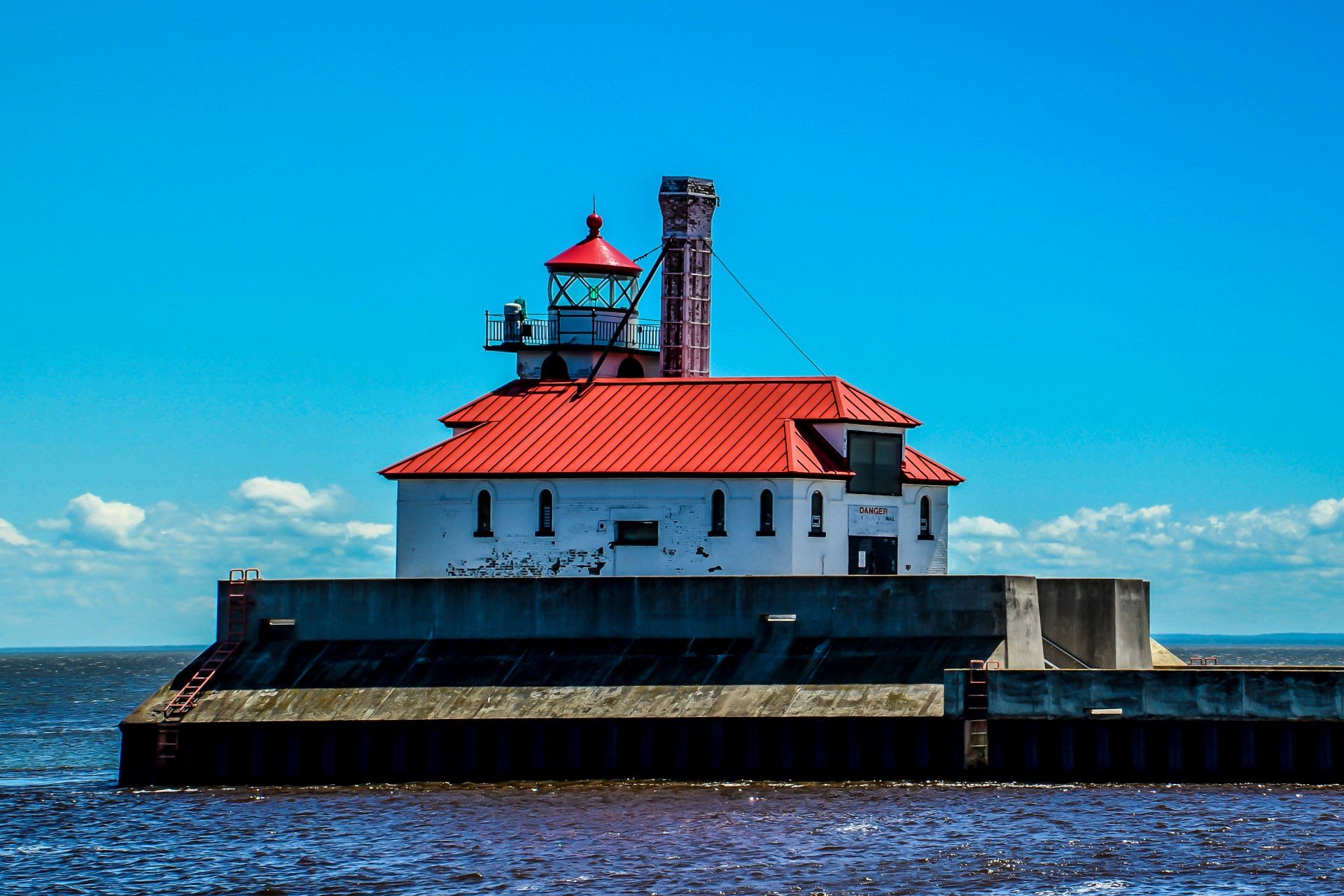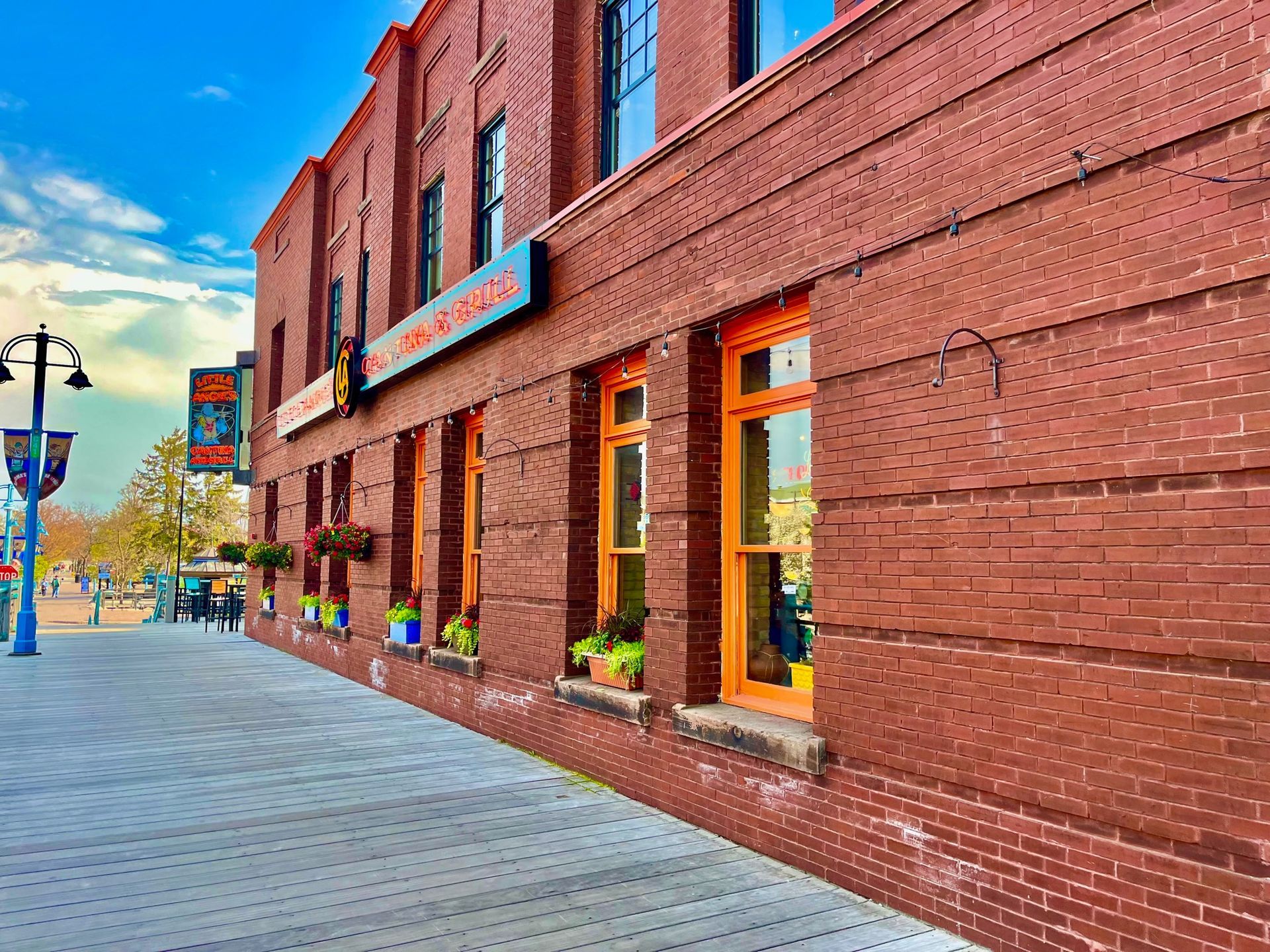nature loves math

Beginning Math 🍃
Adding with pinecones
Download1+5= ✨
Pinecones are more than just a squirrel's snack. 🐿️ They're designed to keep their seeds snug and safe against the cold and curious critters.
Pine cones close their scales to protect seeds from cold temperatures and hungry animals and open up to release seeds when it is warm.🌲 Pine cones can cling to their branches for a decade, witnessing seasons change before they grace the forest floor. 🍃
REVIEW
🐿️ Why do pinecones close their scales?
🌲 How long do pinecones attach to their branches before falling to the ground?
Adding with leaves
Download2+3= ✨
🍃 Leaves are like nature's solar panels. They catch sunlight and use it, along with water and air, to make their food. This special process, photosynthesis, helps keep our planet green and full of life. 🎨🍁 🌞🌱 Plants take in sunlight and use it to turn water and air into food. Think of it like this: every leaf is does a tiny bit of math with sunlight to help our planet. If we add up what two leaves do and what three more leaves do, we get five leaves working together. Even though five seems like a small number, these leaves affect the health of our planet. 🌏
REVIEW
🍃 Which part of nature works like a solar panel, catching light and using it?
🌱 How do plants make their food using sunlight, water, and air?
Adding with rocks
Download7+4= ✨
🌄 Rocks, a collection of earthly treasures. Imagine each rock as a page in a giant storybook about our planet. 📚 Geology is the study of rocks, and it's like listening to stories from these quiet rocks that tell us about Earth's long-ago adventures.
Rocks come in three main types:
💎 Sedimentary rocks are made from layers of sand, mud, and bits of old rocks. They tell us about long-ago seas, rivers, and deserts.
💎 Metamorphic rocks have been changed by a lot of heat and pressure deep inside the Earth. They turn into beautiful new rocks like marble or slate.
💎 Igneous rocks come from melted rock that cools down and hardens. They start deep inside the Earth or in volcanoes and remind us of our planet's hot, melty core.
🌋🔥 Each is a natural memento of the processes shaping our ever-changing earth. 🌍
REVIEW
📚 What is the study of rocks called?
💎 Name one type of the main kind of rocks.
Adding with sticks
6+8=🌿
🔢 Adding with sticks: 🌬️🍂 Sticks are not just woodland leftovers. Among them are the
masters of disguises - stick insects.
And did you know? Some of these incredible
🦗 creatures can grow up to a whopping 22 inches, turning a mere stick into a gentle giant. So, next time you spot a twig, pause a moment. That stick could be a static sculpture or an insect in clever camouflage. 14 sticks on the path, or perhaps a few of them marching silently away... 🐛 called a walking stick.
REVIEW
🐛 What insect can be mistaken as a stick?
🦗 How long can these stick insects grow to be?
Adding with grass
9+2=✨
Adding with grass: Picture each blade of grass as a testament to life's rhythm. 🌱 Grass whispers with the winds and has been around since dinosaurs roamed.
And did you know? grass appeared between 55 to 120 million years ago. Living in the savannahs and the tundras, adapting to each. 🌍❄️🧊 Even in the harshest climates, like Antarctica, grasses survive. The Antarctic hair grass
withstands winter, holding on with profound roots. 🌿
REVIEW
🌱 Which extinct prehistoric animal existed during the same period as grass?
🧊 Which cold and harsh continent surprisingly supports the growth of grass?
Adding with bark
1+3= 💧
🔢 Adding with bark: 🌳 tree bark tells a story of survival and strength. Next time you touch tree bark, feel the battles it has won against the elements. 🌲🤲
And did you know? This living armor, the skin of a tree, brave the extremes, insulating against the chill of winter
and the blaze of summer. ❄️
☀️ Bark acts like a raincoat for trees. It keeps the rain out and helps the tree hold onto its important moisture, even when the air is very dry. It’s a fortress that stands guard over the lifeblood of the trees. 🛡️
REVIEW
🌳 What is the tough outer layer of a tree that protects it from the cold of winter and the heat of summer called?
☀️ How does tree bark help protect the tree?
time for
a bit of nature's arithmetic

The information on this website or books for Amy Monroe Author is not intended or implied to be a substitute for primary education or for professional medical advice, diagnosis, or treatment. All content, including text, graphics, images, and information contained in or available through her books, daybooks, website, or social media, are for general information purposes only. Amy Monroe makes no representation and assumes no responsibility for the accuracy of the information contained in or available through her books or website. Such information is subject to change without notice. You are encouraged to confirm any information obtained from or through her books and website with other sources and review all information regarding any medical condition or treatment with your physician. All artwork is copyrighted and property of Amy Monroe. Unauthorized use is prohibited.
We use cookies to ensure that we give you the best experience on our website.



